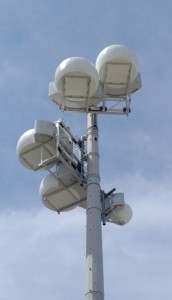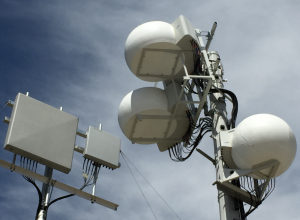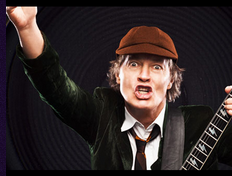Last year AT&T rolled out something it called the cheese wheel antennas, basically big spheres with the tops and bottoms cut off, and a lot of antenna gear inside. With back-to-back 12 TB weekends, the cheese wheels as well as some drive-up cell towers on wheels (COWS) helped keep music fans connected at the concerts. This year, AT&T added to its antenna arsenal a beefier version of the cheese wheel it called the drum set, which helped record 18.6 TB of data the three days of the first weekend, and another 10.6 this past weekend, for a event total of 29.2 TB. For comparison, Super Bowl 50 back in February racked up a total of 26 TB of wireless traffic, with 10.1 TB on Wi-Fi and 15.9 TB on DAS.
Coachella’s AT&T data is all cellular, no Wi-Fi. In 2014, AT&T brought out its “big ball” antenna at Coachella, where AT&T has seen data usage grow by 20 times since 2011, through last year’s show. With this year’s total of 29.2 TB eclipsing last year’s 24 TB, there still seems to be no end in sight to the mobile-data usage at big events.









